IMF’s warning to leaders: dangers of recession to stalk world
Financial turmoil, high inflation and a monetary squeeze are pushing the world economy to the brink, warns the IMF.
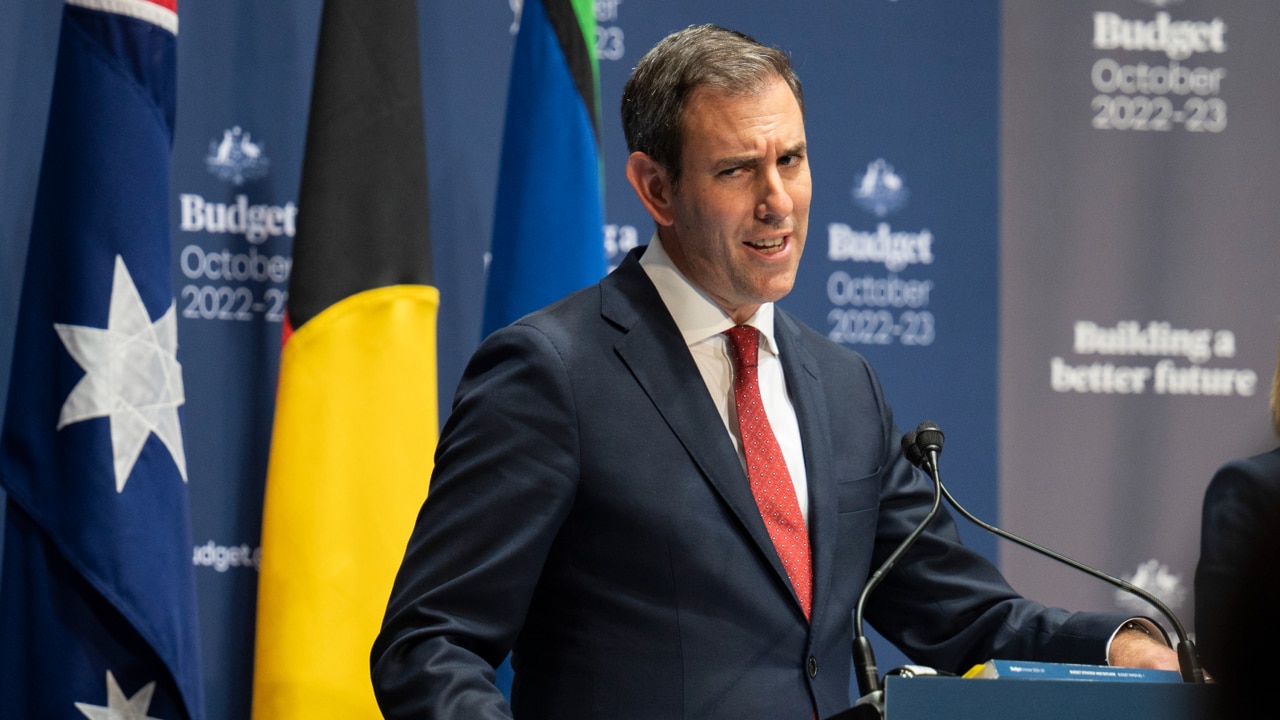
The danger of recession has escalated for wealthy countries, the International Monetary Fund has warned, as Australia navigates a thick fog of uncertainty, financial instability, rampant rises in living costs and a chronic $50bn budget deficit.
In its latest World Economic Outlook, published on Tuesday evening, the IMF forecasts “feeble and uneven” global output growth of 2.8 per cent this year, a fall from 3.4 per cent recorded last year, with the prognosis for advanced nations a meagre rise of 1.3 per cent.
The confronting outlook shows Australia’s growth crawling along at 1.6 per cent this year and 1.7 per cent the next, making it more difficult for the Albanese government to deliver on a fresh appeal by a leading policy player to reduce the crippling tax burden on Millennials and Generation Z.
Ahead of his departure on Wednesday to attend meetings with G20 counterparts and briefings in Washington on the dire global outlook, Jim Chalmers said the IMF’s gloomy forecast meant Australia “won’t be completely immune” from the fallout.
“But we do have some big advantages including low unemployment, the beginning of wages growth, and some really good prices for our exports,” the Treasurer told Sky News on Tuesday.
“We’re laying the foundations for future growth in our economy but we’re also making sure our economy is more resilient to these kinds of international shocks.”
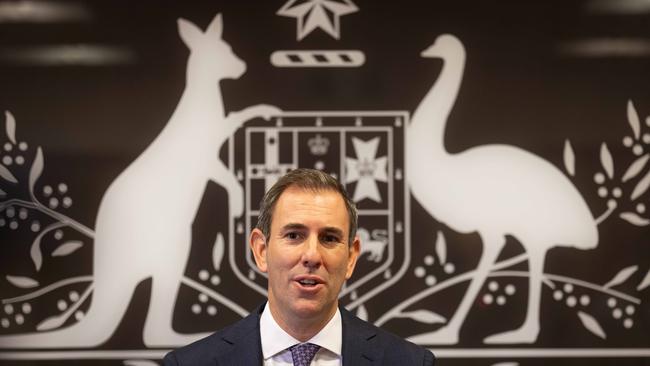
Dr Chalmers said the May 9 budget would be “as closely aligned as possible with the economic conditions that we confront here at home but also around the world”, promising only limited cost-of-living relief for families.
“Budget responsibility is key and within those constraints, doing what we can to help people through a difficult period,” he said.
The IMF’s outlook cautions member countries to tighten fiscal settings to take the pressure off interest-rate policy in the fight against inflation, with spending cuts preferred to tax hikes to achieve a sustainable reduction in debt in coming years.
Reserve Bank governor Philip Lowe, who will accompany the Treasurer to the US capital, last week announced a pause in the board’s crushing monetary assault, even as peer central banks continue to raise their interest rates well beyond the local cash rate target of 3.6 per cent.
The policy advice by the Washington-based body comes as the Grattan Institute outlines an audacious suite of spending cuts and tax hikes on wealthy retirees and top earners, to close an endemic $50bn-a-year budget hole and reduce the future debt burden on younger Australians.
In a pre-budget report, the influential think tank has called on the Albanese government to immediately undo Western Australia’s special $5bn-a-year GST bonus, raise the GST rate from 10 to 15 per cent and rejig the stage three tax cuts that come into effect in July next year
The IMF outlook shows Australia’s growth prospects are more dismal than many of its Asian neighbours’, with the fund forecasting inflation remaining sticky and above the Reserve Bank’s target range until 2025, and the jobless rate rising above 4 per cent.
The new forecasts match those of the RBA and Treasury, and suggest output growth will trail the expansion in our population, expected to be close to 2 per cent this year and next.
Still, real GDP growth here this year and next is forecast to be above that expected in the US, Canada, Japan, Germany, France, Italy and Britain, all of which are vulnerable to pronounced downturns, higher unemployment and rising debt levels.
The reopening of China’s economy, coupled with fiscal and monetary stimulus, is expected to see growth restored to 5.2 per cent this year, leading to positive trade spillovers for other Asian nations.
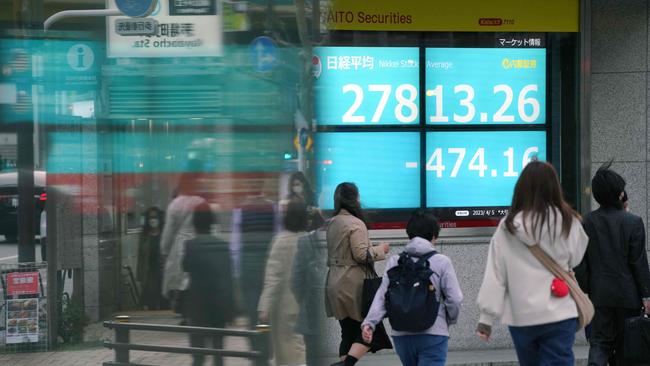
The IMF’s base forecast, which assumes the recent financial stresses are contained, sees world growth settling at 3 per cent five years from now – the lowest medium-term forecast in three decades. But in a plausible scenario, with further financial turmoil, growth among advanced economies would tumble to below 1 per cent, with falls in per-capita incomes.
“Many economies are likely to experience slower growth in incomes in 2023, amid rising joblessness,” the report said.
“Moreover, even with central banks having driven up interest rates to reduce inflation, the road back to price stability could be long. Over the medium term, the prospects for growth now seem dimmer than in decades.”
The IMF said the “anaemic outlook reflects the tight policy stances needed to bring down inflation, the fallout from the recent deterioration in financial conditions, the ongoing war in Ukraine, and growing geoeconomic fragmentation”.
“With the fog around current and prospective economic conditions thickening, policymakers have a narrow path to walk toward restoring price stability while avoiding a recession and maintaining financial stability,” the report said.
“Achieving strong, sustainable, and inclusive growth will require policymakers to stay agile and be ready to adjust as information becomes available.
“Financial sector stress could amplify and contagion could take hold, weakening the real economy through a sharp deterioration in financing conditions and compelling central banks to reconsider their policy paths.”
IMF director of research Pierre-Olivier Gourinchas said the world was “entering a perilous phase during which economic growth remains low by historical standards and financial risks have risen, yet inflation has not yet decisively turned the corner”.
“Should a systemic financial crisis loom large, a careful and timely recalibration of policy will be needed to safeguard both the financial system and economic activity,” Professor Gourinchas said.
“It is important to stress that this is not where we are, even if more financial tremors are bound to occur. Regulators and supervisors should act now to ensure these do not morph into a full-blown financial crisis by actively managing market strains and strengthening oversight.”
Professor Gourinchas said the decline in growth over the medium term reflected the economic maturation of China and South Korea.
“But some of the more recent slowdown may also reflect more ominous forces: the scarring impact of the pandemic; a slower pace of structural reforms, as well as the rising threat of geoeconomic fragmentation leading to more trade tensions; less direct investment; and a slower pace of innovation and technology adoption across fragmented ‘blocs’,” he said.




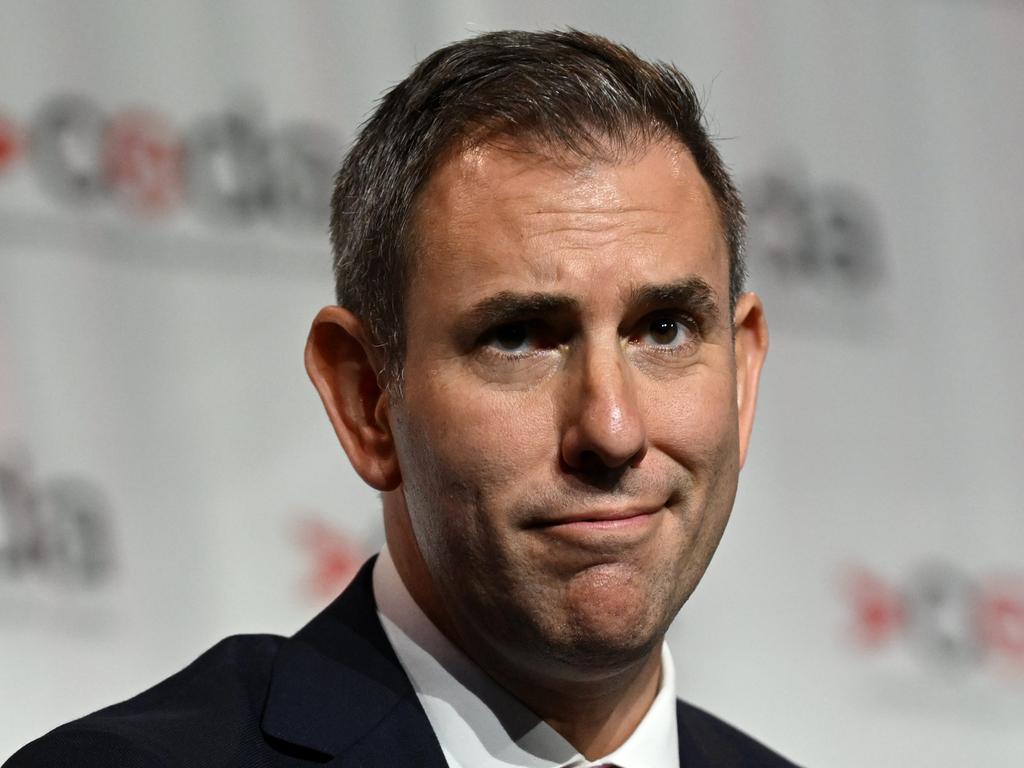
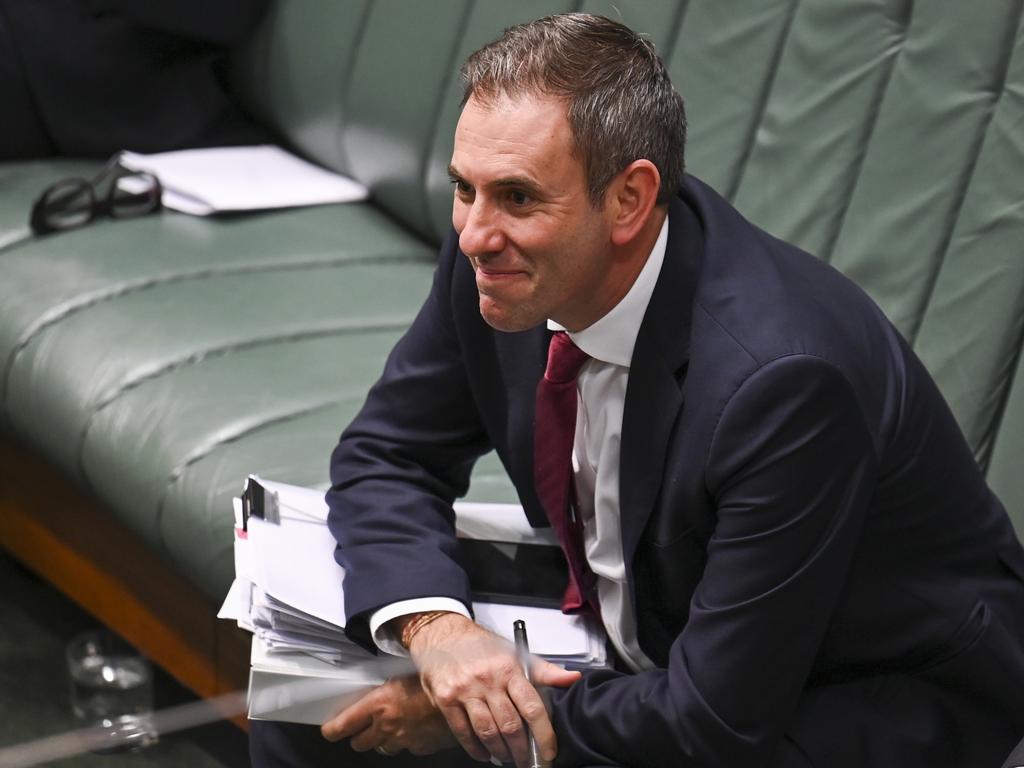


To join the conversation, please log in. Don't have an account? Register
Join the conversation, you are commenting as Logout